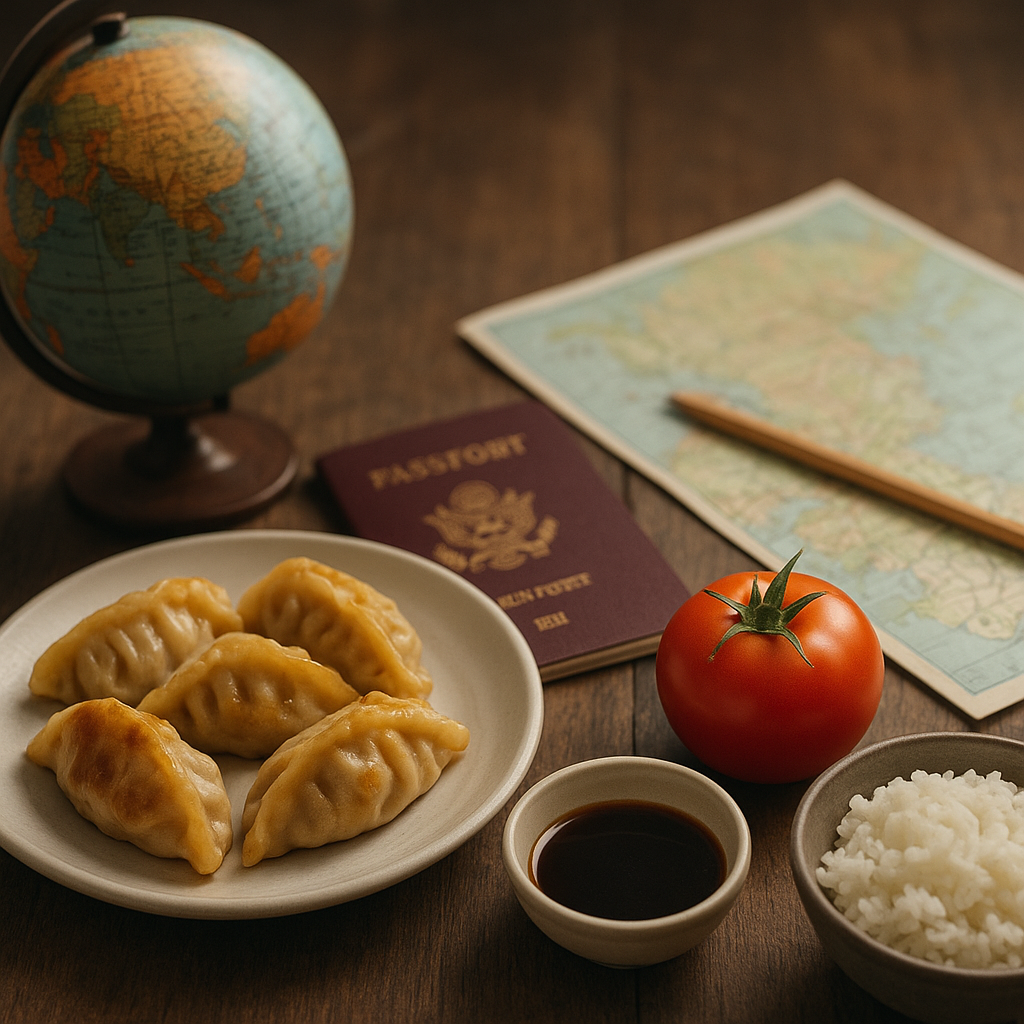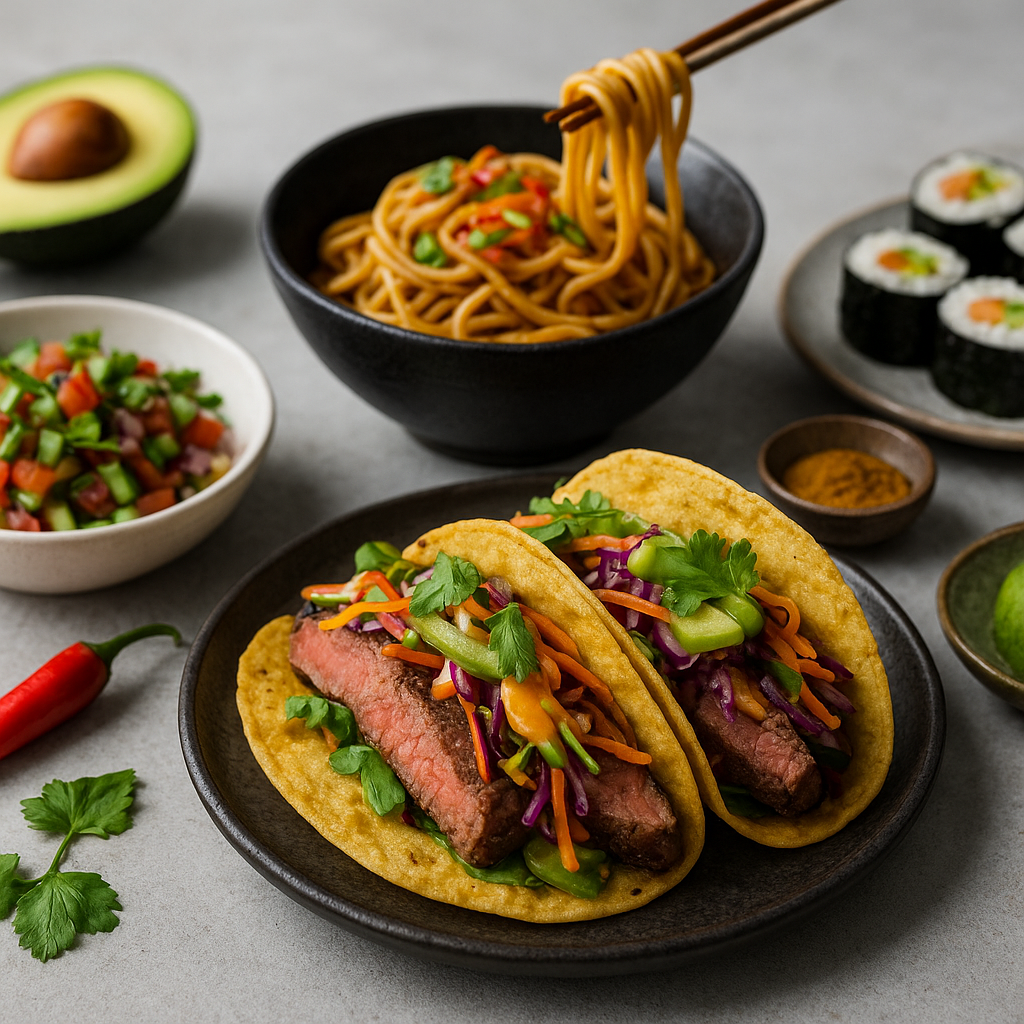Exploring the Magic of Culinary Travel: Tasting the World
Summary: Culinary travel has surged in popularity, offering travelers a chance to immerse themselves in local flavors and cultural traditions. As taste buds wander from the UK to Japan, food becomes a powerful medium for exploration and connection. This article delves into the magic of culinary tourism and its growing significance in global travel.

The Rise of Culinary Travel
In recent years, the concept of culinary travel has grown by leaps and bounds. As travelers seek more authentic experiences, enjoying local cuisine has become a focal point of many trips. From street food tours to cooking classes, food has emerged as a key ingredient in the tourism industry.
What is Culinary Travel?
Culinary travel is the exploration of new destinations through their unique food and drink offerings. It often involves:
- Sampling local dishes in restaurants, markets, and at street vendors.
- Participating in hands-on cooking demonstrations.
- Understanding food history through site visits and cultural exchanges.
By indulging in the cuisine of a destination, travelers gain insights into its culture, traditions, and even its history.
Global Flavors Await
The beauty of culinary travel lies in its diversity. Each location offers distinct flavors that reflect the local way of life. Here’s a snapshot of culinary experiences from around the globe:
- Japan: Known for its sushi and ramen, visitors can immerse themselves in the art of Japanese dining at izakayas and fresh fish markets.
- Italy: From pasta-making classes in Tuscany to pizza masterclasses in Naples, Italian cuisine is an unmissable treat.
- Mexico: Culinary tours often include tastings of authentic taco varieties, mole sauces, and mezcal tastings that highlight regional specialties.
- Thailand: Street food markets offer a sensory overload with their vibrant flavors, where travelers can try everything from spicy curries to mango sticky rice.
The Benefits of Culinary Travel
Beyond mere enjoyment, culinary travel benefits both travelers and local communities:
- Bridges Cultural Gaps: Food fosters connections among diverse cultures, allowing travelers to build relationships with locals.
- Supports Local Economies: Engaging in culinary tourism helps sustain local farmers, producers, and artisans.
- Enhances Culinary Skills: Participants in culinary classes often leave with newfound knowledge and abilities, enriching their at-home cooking.
Snack Tourism: A New Trend
A recent development within culinary travel is the rise of "snack tourism." Travelers are increasingly intrigued by local snacks and street foods. This trend is notable in various regions:
- United Kingdom: British snack culture has gained international attention, with items like fish and chips or Cornish pasties enticing food enthusiasts.
- Japan: Japanese snack culture is renowned for its creativity, featuring everything from mochi to unique Kit Kat flavors.
Food Festivals: Celebrating Culinary Diversity
Food festivals worldwide celebrate local ingredients and culinary traditions, providing visitors a taste of the best regional offerings. Examples include:
- Oktoberfest in Germany, showcasing traditional beers and local dishes.
- La Tomatina in Spain, turning the town of Buñol into a tomato-filled battleground.
- Harbin Ice and Snow Festival in China, highlighting winter delicacies amidst stunning ice sculptures.
Preparing for Culinary Travel
Travelers interested in culinary tourism should plan thoughtfully to ensure an enriching experience. Here are some tips:
- Research local cuisines and popular dishes before your trip.
- Consider culinary classes or guided food tours for hands-on experiences.
- Engage with local chefs or home cooks to learn authentic techniques.
- Be adventurous—try street food and visit local markets.
Sustainable Culinary Tourism
Sustainability plays a critical role in culinary travel. Conscious travelers are increasingly seeking out eco-friendly dining options and supporting initiatives that promote local sourcing and responsible tourism practices.
Conclusion
The magic of culinary travel enriches both the traveler and the host community, creating an immersive experience through which cultures are experienced and celebrated. As the world continues to open up, the blend of travel and food promises to create lasting memories and connections across borders.
Related Video
For an in-depth look at culinary travel, watch this video.






